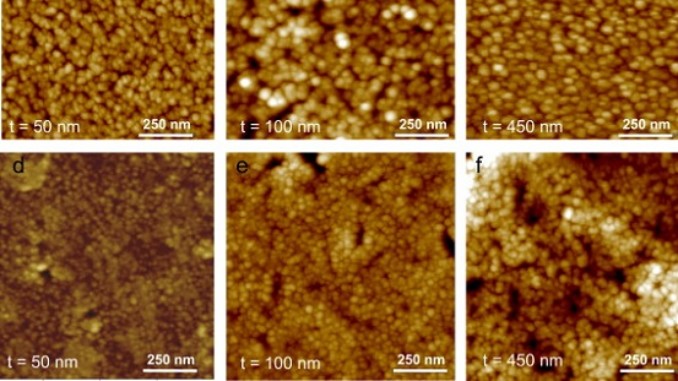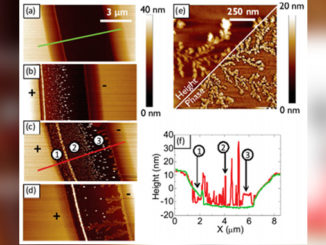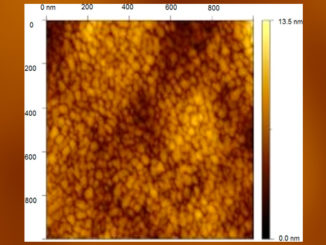
Writers: D.S.L. Pontes; F.M Pontes; Marcelo A.Pereira-da-Silva; O.M. Berengue; A.J. Chiquito; E.Longo
Keywords: Chemical solution deposition; Thin films; LaNiO3; SrLaAlO4
Abstract: LaNiO3 thin films were deposited on SrLaAlO4 (1 0 0) and SrLaAlO4 (0 0 1) single crystal substrates by a chemical solution deposition method and heat-treated in oxygen atmosphere at 700 °C in tube oven. Structural, morphological, and electrical properties of the LaNiO3 thin films were characterized by X-ray diffraction (XRD), atomic force microscopy (AFM), field emission scanning electron microscopy (FE-SEM), and electrical resistivity as temperature function (Hall measurements). The X-ray diffraction data indicated good crystallinity and a structural preferential orientation. The LaNiO3 thin films have a very flat surface and no droplet was found on their surfaces. Samples of LaNiO3 grown onto (1 0 0) and (0 0 1) oriented SrLaAlO4 single crystal substrates reveled average grain size by AFM approximately 15–30 nm and 20–35 nm, respectively. Transport characteristics observed were clearly dependent upon the substrate orientation which exhibited a metal-to-insulator transition. The underlying mechanism is a result of competition between the mobility edge and the Fermi energy through the occupation of electron states which in turn is controlled by the disorder level induced by different growth surfaces.
See PDF: Structural and electrical properties of LaNiO3 thin films grown ..
DOI: 10.1016/j.ceramint.2013.03.072




